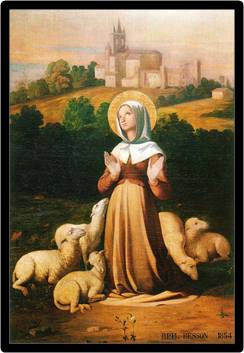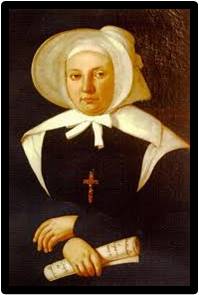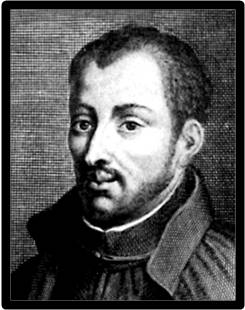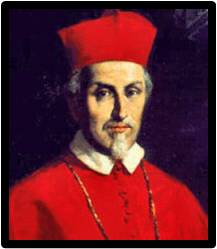JUNE 15 - ST. GERMAINE OF PIBRAC

Pibrac is the little village in France where Germaine was born and where she spent her whole life. Her father Laurent Cousin was a farm worker and her mother Marie Laroche died when Germaine was just a baby.
She was always a sickly girl and not pretty. In fact, she suffered from scrofula and her right hand was deformed and helpless. Her father ignored her and her stepmother Hortense did not want Germaine around her own healthy children. Hortense and her children treated Germaine very badly. She was only given scraps of food, was forced to sleep in a cupboard under the stairs and had hot water thrown on her if she disobeyed.
So Germaine slept with the sheep in the barn, even in cold weather. She dressed in rags and was laughed at by other children. By the time she was nine she was put to work as a shepherdess and spent all day tending the sheep out in the fields. When she came home at night, her stepmother often screamed at her and beat her.
Yet this poor girl learned to talk with God and to remember that he was with her all the time. She spent much time praying and made herself a rosary with knotted string. She always managed to get to daily Mass leaving her sheep in care of her guardian angel. Not once did a sheep wander away from her shepherd’s staff that she planted in the ground.
Germaine often gathered young children around her to teach them simple catechism. She wanted their hearts to be full of God’s love. She tried her best to help the poor, too and shared with beggars the little bit of food she was given to eat.
One winter day, her stepmother accused her of stealing bread. Hortense chased her with a stick and Germaine immediately opened her apron to return the food. To everyone’s surprise what fell from Germaine’s apron was not bread but summer flowers.
Now people no longer made fun of Germaine but began to treat her as a holy person. In fact, they loved and admired her. Her parents asked her to return and live with them in the house, but she chose to continue sleeping in the barn.
Then, one morning in 1601, when she was twenty-two, she was found dead on her straw mattress. Her life of great suffering was over. God worked more than four hundred miracles in her name to show that she was a saint.



